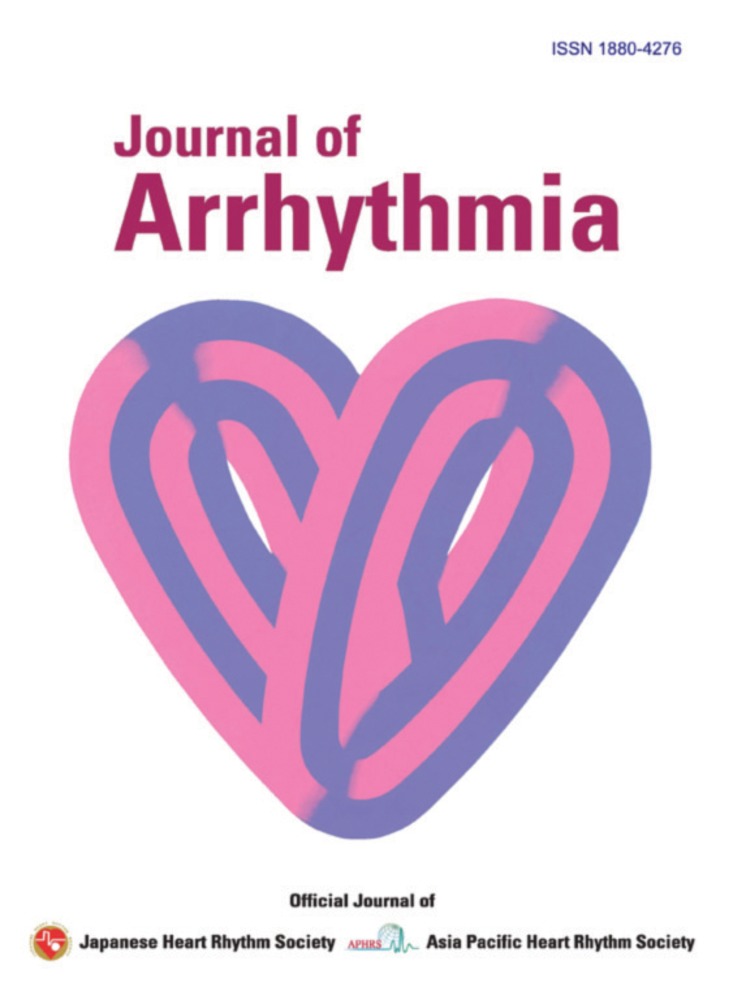Effects of Bepridil on Atrial Electrical Remodeling in Short-Term Rapid Pacing
Abstract
Introduction: Bepridil is a multi-ion channel blocker similar to amiodarone. Recent clinical studies have indicated that bepridil shows a favorable efficacy for the treatment of atrial fibrillation (AF). The purpose of this study is to evaluate the effectiveness of bepridil for electrical remodeling induced by rapid atrial stimulation particularly in the acute-phase.
Methods and Results: We studied 18 pigs subjected to right atrial appendage rapid pacing at 500 beats/min for 3 hours that were randomly assigned to the absence or presence of bepridil administration for 14 days. They were divided into 2 groups, an atrial pacing only group (PG; n = 10) and an atrial pacing plus bepridil group (PBG; n = 8). We measured the effective refractory period (ERP) at the right atrial free wall (RAFW), the right atrial appendage (RAA) and the left atrial free wall (LAFW), as well as the monophasic action potential duration at 90% (MAPD90) in RAA during the rapid pacing phase and recovery phase.
In the PG, the ERP decreased gradually at all atrial sites during the 3 hour phase of rapid pacing. In contrast, the shortening of the ERP was suppressed significantly at the RAFW and LAFW in the PBG. The MAPD90 was also shortened by rapid atrial pacing in the PG. This shortening was suppressed significantly in the PBG.
We evaluated the effect of bepridil on the inducibility of AF during all time spans. The mean number of AF occurrences in the PBG was significantly fewer than in the PG. (2:1 ± 2:4 vs. 8:5 ± 7:0, p < 0:05)
Conclusions: Bepridil prevented the shortening of the ERP and MAPD90 induced by rapid atrial pacing in the acute phase. The results of this study might explain the efficacy of bepridil for preventing the recurrence of paroxysmal AF.




